AI is the newest technology kid on the block. And just like the internet, cell phones, and every other revolutionary tech that had people wondering if it was the real deal, it’s clear that it’s here to stay and change the game.
But while AI has the potential to revolutionize the way you do business, it’s also important to identify some do’s and don’ts as you integrate this new technology into your business.
No, your AI won’t turn into a power-hungry robot that takes over the world—but it is important to note privacy concerns, accuracy issues, and other areas where AI is still developing.
Healthcare
While nothing will replace hands-on care, AI can analyze medical images, symptoms, and more to provide a diagnosis—even catching patterns that the human eye might miss.
AI can identify patterns in a patient’s genetics, medical history, or lab results to determine if patients are likely to develop certain conditions in the future.
No doctor likes paperwork—so AI can help automate routine forms, scheduling, medical records, and billing, allowing for health professionals to spend even more time with who matters most: patients.
It’s critical to ensure all AI usage keeps patient data anonymous and in compliance with HIPAA to protect privacy—otherwise, data could be at risk during security breaches.
While AI can identify some patterns more quickly than the human eye, it’s important to cross-check findings with a doctor before proceeding with treatments—especially if the diagnosis is for a serious medical condition.
Due to the lack of diversity of data used to train AI, AI can often be biased against certain populations. Ensure that your AI programs include safeguards to help protect against biased outcomes.
Construction
AI makes it easier than ever to input parameters (such as project specs, cost limitations, and preferred materials) and generate a basic design to kickstart the planning process.
Using AI sensors, cameras, and wearable technology can help you monitor job sites and stay on top of workplace hazards, preventing potential accidents and keeping workers safer.
Using AI algorithms and past project history, you can determine how to allocate resources and keep your project aligned with your preferred timeline.
AI is still a relatively new software, and many employees might be unfamiliar or resistant to implementing it if they don’t understand how it works. Regularly train workers to understand AI’s function as a tool for their everyday work.
Construction sites often require judgment calls that AI isn’t capable of making compared to human thought. Use AI’s data to make better decisions, but don’t rely on AI alone to decide the best course of action.
AI does little good if it’s fighting against your current processes and procedures. It may take an investment of time and money, but the extra work will save you a lot of effort in the long run.
Financial Services
You may not be able to keep watch on all financial transactions, but AI never sleeps—and its algorithms can catch unusual transaction patterns that may be a sign of theft, fraud, or other shady activities.
AI algorithms can input personal data, financial goals, and more to generate a personalized financial plan and recommendations. Chatbots can also answer frequently asked questions, especially if customers have after-hours concerns about their finances.
Managing money can come with a variety of risks—but with AI, you can get a more comprehensive overview of what those risks are, how market trends are making an impact, and how to keep clients’ financial goals on track.
Compliance with government and financial regulations is your number one priority, and it’s essential to work with an AI platform that protects your clients’ financial data and personal information—especially in case of a breach.
Ultimately, all financial decisions should still be reviewed by a professional before being made—especially when it comes to trades or big financial decisions.
As a newer tool, AI can potentially reflect unconscious biases of those who created the programs. Ensure your program doesn’t discriminate against certain racial or socioeconomic groups by regularly auditing its recommendations.
Manufacturing
Your customers expect their products on time, and AI can help your business identify efficiency, forecast spikes in demand, and plan to adjust your supply chain accordingly.
AI systems can help catch common defects in your products during the manufacturing process.
Maintenance of your systems is as predictable as death and taxes. Leverage AI for predicting equipment failures and scheduling maintenance.
Your AI is only as good as the data you input—and if your company’s data is incomplete, inaccurate, or out of date, it can lead to flawed outputs. Ensure your data is accurate by double-checking with a real human before putting it to work into your AI systems.
Avoid deploying AI without robust cybersecurity measures.
It’s easy to sit back and think AI has things handled—but when unexpected issues such as material shortages, outages, and other conflicts arise, it’s important that your team still understands how to adapt to sudden challenges.
Non-Profits & Churches
Use AI to analyze donor data and optimize fundraising campaigns.
Leverage AI to measure and enhance the impact of non-profit programs by evaluating program effectiveness and guiding improvements.
As a non-profit, your time and resources need to be maximized to the greatest efficiency. Implement AI for automating administrative tasks and improving operational efficiency.
Avoid AI applications that could compromise the non-profit’s mission and values. Specifically, be mindful that you aren’t using AI for intrusive data collection that violates donor privacy.
If your church or organization works with people going through sensitive situations, AI may not be the best tool to trust with that information. Instead, reserve AI for technical tasks.
AI offers lots of incredible opportunities, but people will always be people. Don’t overweight the artificial in favor of the personal.
Need help from real people for your AI needs?
Book a Discovery Call today to talk about how your marketing and communications can be transformed.














